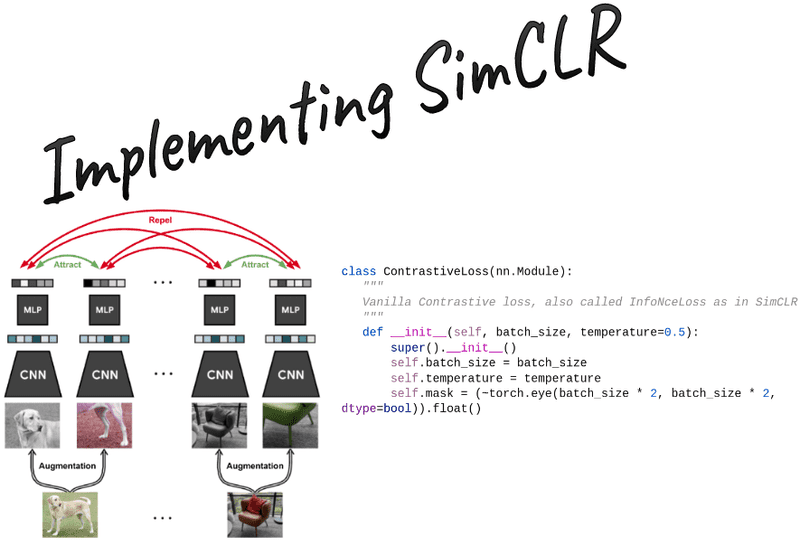Melanie Borden is the CEO & Founder of The Borden Group. She works with executives to align their brand with their LinkedIn strategy.
Like many professionals, I was actually apprehensive when artificial intelligence first started sweeping the industry. What was it all about? How could I use it to leverage my business and systems? At my marketing agency, my team and I place heavy emphasis on the human touch element for our client base of executive teams and personal brands. So how could synthetic content play a part in effectively executing our goals? To put it simply, integrating AI felt like the antithesis of our mission.
Well, I’m happy to report that embracing the AI revolution was one of the best moves I’ve made for my business. As I watched my colleagues, clients and community alike start accruing major success, I became more and more curious. By staying open and closely following those who were finding success with AI, I too found my flow. Now I can hardly envision our business model without it.
According to a HubSpot survey, AI and automation tools are saving sales teams more than two hours a day. Imagine how your agency could better spend these precious hours. We’ve now integrated AI into our processes for content creation, standard operating procedures and client projects. Overall, it has enhanced efficiency, reduced business expenses and kept our content relevant with thought-provoking topics.
If you’re in a similar place as I was, wondering how to effectively weave AI into your agency, this article is for you. I’m going to share my top takeaways so you can begin using AI to your advantage too.
Record Your Ideas For Content Creation
I’m sure as an agency owner you spend the majority of your time on calls with clients and colleagues or even as a guest on podcasts. So why not make the most of these discussions? I started using AI transcription software to actively transcribe my conversations. It then populates transcripts into my account so I can easily access them.
What I love most about the software is that it highlights the top themes from each call. I extract these themes and use them as content pillars for my own content calendar, e-books for my clients and guides to share with my community. Being able to reference all conversations in a succinct way makes it easy to distill unique thoughts and turn each call into a gold mine of relevant content that I can repurpose.
Use AI As Your Writing Assistant
My colleague once said, “I treat AI like an intern or an assistant,” and I love this analogy. The truth is that AI can never replace human tone and creativity. You can tell when content has been directly copied and pasted from ChatGPT. It lacks depth and personality, which can actually harm your brand’s reputation and credibility. Learning how to effectively prompt and train AI immensely aids in reducing this disconnect; however, to avoid incongruence, I always have someone on my team edit AI-generated content to maintain brand integrity.
On that note, an excellent way to leverage AI for content creation is to ask for suggested improvements to your writing or request further ideas that will add value to your piece. This will position AI as a complementary resource rather than the only source.
Learn From Others
I’m a believer in immersing myself in rooms with those who are more well-versed than me, especially in areas I’m unfamiliar with. In this case, learning from AI experts on LinkedIn was paramount in moving the needle forward.
By assessing the market and gaining insight into what is working and what isn’t, I was able to imagine what using AI would look like in my own business. Once I gathered this information, I met with my team to train them on my discoveries. Scheduling this time to get everyone on the same page was vital. We then structured an AI SOP for each department to reference and then used this format to create further SOPs. This ensures all team members are aware of best practices, know where to find the proper resources and understand how to use necessary tools. By removing the guesswork, each member of our agency feels creatively empowered in their position while largely benefiting from AI output.
I highly encourage you to search out top voices on LinkedIn, attend live audio events on the subject or find relevant podcasts so you can educate yourself and begin setting up your own aligned systems.
Action Steps To Take Next
While the world of AI can feel overwhelming, here are small action steps you can take today that will guide you in the right direction:
• First, make a list of where you’re currently struggling in your agency. What’s consuming the most time? This is the area you want to target first. Let AI assist in this department.
• Next, set up your systems and train your team to begin successfully implementing AI as a resource.
• Lastly, stay organized and monitor progress. By keeping track of results and ROIs, you can avoid unnecessary expenses and make thoughtful decisions as to where AI is best suited in your business.
I’m excited for you to begin your AI journey and find the inevitable success that comes with it. I assure you that once you find your groove, it will be a game changer.
Forbes Agency Council is an invitation-only community for executives in successful public relations, media strategy, creative and advertising agencies. Do I qualify?



